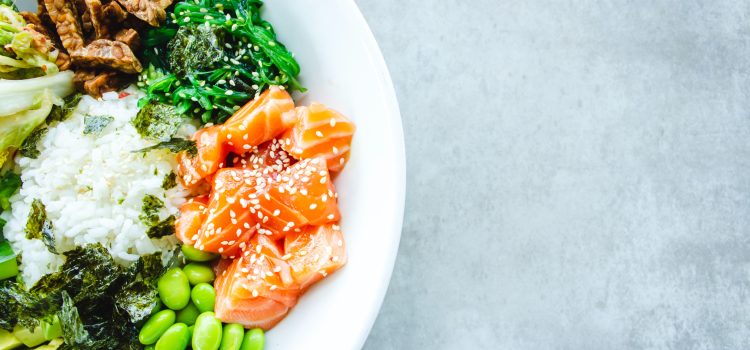
Rome is a city that is steeped in history and tradition, and its culinary culture is no exception. One ingredient that has played a significant role in Roman cuisine for centuries is the fava bean, or “baccelli” in Italian. From traditional dishes to modern twists, the fava bean is a versatile ingredient that is celebrated in Rome’s culinary scene.
The fava bean has been cultivated in Italy since ancient times and is believed to have been introduced by the Etruscans. It is a hardy legume that thrives in the Mediterranean climate and has long been a source of sustenance for the people of Rome.
In Roman cuisine, the fava bean is used in a variety of dishes, from soups and stews to salads and pasta dishes. One of the most famous fava bean dishes is “pasta con le fave,” a simple yet flavorful pasta dish made with fresh fava beans, pancetta, and pecorino cheese.
However, the fava bean is not just limited to traditional dishes in Rome. In recent years, chefs and foodies alike have been experimenting with new and innovative ways to incorporate this versatile ingredient into their cooking.
One example of a modern twist on a traditional fava bean dish is “fave e cicoria,” a dish that combines fresh fava beans with bitter chicory greens. The dish is typically served with a drizzle of olive oil and a sprinkle of salt, and it is a perfect example of the simple yet flavorful cuisine that Rome is known for.
Another modern take on the fava bean is “fave e guanciale,” a dish that combines fresh fava beans with crispy pork jowl. The dish is typically served as a side dish or appetizer, and it is a perfect example of the rich and indulgent flavors that are often associated with Roman cuisine.
For those who want to try their hand at cooking with fava beans, there are plenty of recipes available online. From pasta dishes to soups and stews, there are endless possibilities for incorporating this versatile ingredient into your cooking.
One popular recipe is “fave alla romana,” a stew made with fava beans, artichokes, and pancetta. The dish is hearty and filling, and it is a perfect comfort food for the cool spring evenings in Rome.
Another popular recipe is “fave e pecorino,” a simple yet delicious appetizer made with fresh fava beans and pecorino cheese. The dish is typically served with a drizzle of olive oil and a sprinkle of black pepper, and it is a perfect example of the simple yet flavorful cuisine that Rome is known for.
In addition to its culinary uses, the fava bean also has cultural significance in Rome. During times of famine and hardship, the fava bean was often the only source of sustenance available, and it became a symbol of the city’s ability to endure and overcome adversity.
In fact, the fava bean is so closely associated with the city’s history that it is often referred to as the “poor man’s meat” or the “grain of the Romans.” It is a humble ingredient that has played a significant role in the city’s culinary and cultural traditions.
Despite its long history and cultural significance, the fava bean is not without controversy in Rome. In the Middle Ages, the fava bean was believed to be a food of the devil and was avoided by many people. It was also associated with death and mourning, as it was often served at funeral banquets.
In more recent times, the fava bean has been linked to a controversial political movement in Rome. In the 1970s, a group of left-wing activists known as the “Brigate Rosse” (Red Brigades) used the fava bean as a symbol of their movement. They would leave fava beans at the scenes of their crimes as a way of taunting the authorities and asserting their political ideology.
Despite these negative associations, the fava bean remains a beloved ingredient in Roman cuisine, and its versatility and adaptability make it a favorite among chefs and foodies alike. Whether you prefer traditional dishes or modern twists, the fava bean is an ingredient that is worth exploring and celebrating in Rome’s culinary scene.










